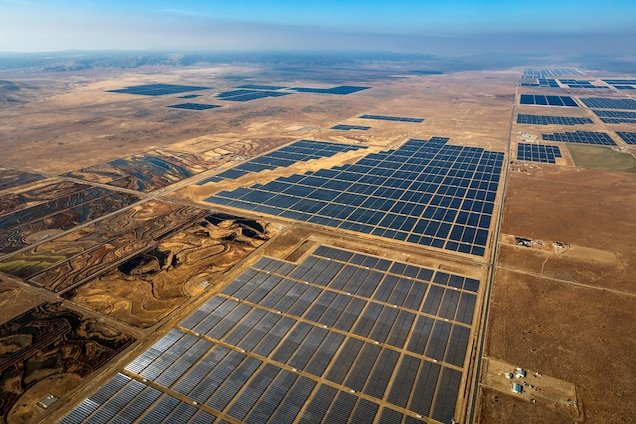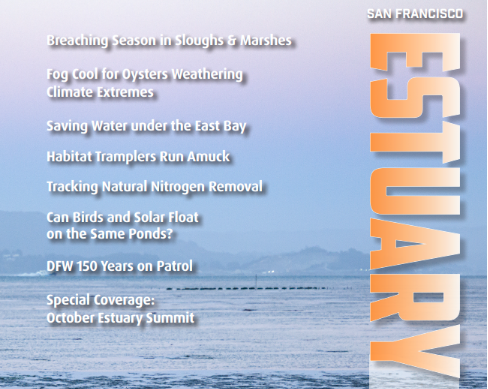News & media
Discover what our lab is up to, where our work has been featured, opportunities to work with us, and much more.
Prof. Hernandez and multi-sector UC Wild Solar Team win $2M grant!
Project will align goals for solar, biodiversity, and environmental justice in the state of California.
Are we considering the genetic diversity of impacted species when predicting the impact of renewable energy development? New study!
We show that the effects of land-cover change, especially those impacting desert washes, may impact long-term genetic diversity and persistence.
Chevon C. Holmes earns National Science Foundation (NSF) Graduate Research Fellowship Program (GRFP) award
The five-year prestigous fellowship provides three years of financial support.
Congratulations Emma Forester and Michael Levin on acceptance into AGU’s Voices for Science Program
The Voices for Science program provides scientists interested in science communication and outreach with specialized training in Washington D.C.!
Prof. Hernandez, Yudi Li, and partners work to restore California prairie and pollinators through a collaborative solar energy restoration project.
Scientists ask: What if ground-mounted solar energy development could be coupled successfully with soil carbon sequestration and restoration?
Daphne Condon wins the Elliot, Jones, and Zolk Fellowship!
Congratulations Daphne for winning the $65k Elliot, Jones, and Zolk Fellowship in recognition of her outstanding academic record and promise of productive scholarship!
Ph.D. Candidate Alex Cagle and Prof. Hernandez’s research featured in Forbes
The US Army launched a large floating solar array at Camp Mackall on Fort Bragg in North Carolina representing a critical moment for energy and water resources.
Prof. Hernandez featured in National Geographic
Cleaner energy sources are desperately needed, but some experts say more should be done to keep desert ecosystems intact.
Prof. Hernandez featured in Yale Environment 360 on Why Putting Solar Canopies on Parking Lots Is a Smart Green Move
Placing solar canopies on large parking lots offers a host of advantages — making use of land that is already cleared, producing electricity close to those who need it, and even shading cars.
Global Ecology and Sustainability Lab featured in Estuary Magazine
For places with limited land space, water-bound solar may be the next frontier. But how does this infrastructure interact with water and animals?










